Indoor Air Quality (IAQ)
Indoor Air Quality in Malaysia
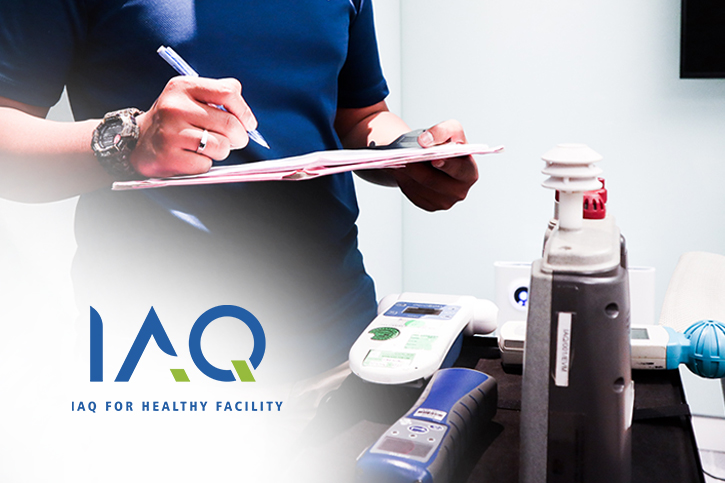
Over recent years, indoor air quality has become a global health concern as increasing amounts of outdoor air emissions begin to contaminate the air within buildings. Building owners or managers need to understand how small indoor air quality will impact the everyday lives of building occupants. A single or continuous exposure to contaminants present in the air could cause severe health problems and even the spread of infectious diseases. Pollutants are only detectable when indoor air quality assessments take place.
Why Indoor Air Quality is so Important?
As per the Department of Occupational Safety and Health’s (DOSH) Industry Code of Practice on Indoor Air Quality 2010, the building owner or management shall maintain the working environment conforming to the acceptable range as provided. Building or facility managers must comply with the laws and regulations, and therefore be responsible for ensuring the building environment is safe for its occupants.
Exposure to poor indoor air quality causes:

Chronic Headaches
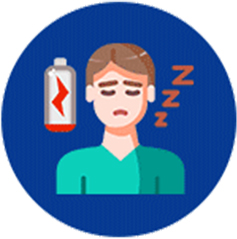
Fatigue
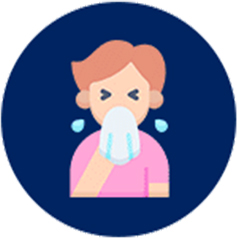
Flu symptoms
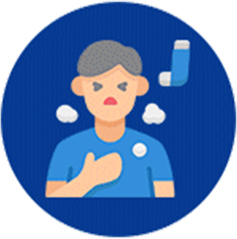
Respiratory symptoms
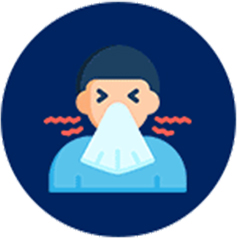
Worsening allergies

Red eyes
Common IAQ Problems in Facility
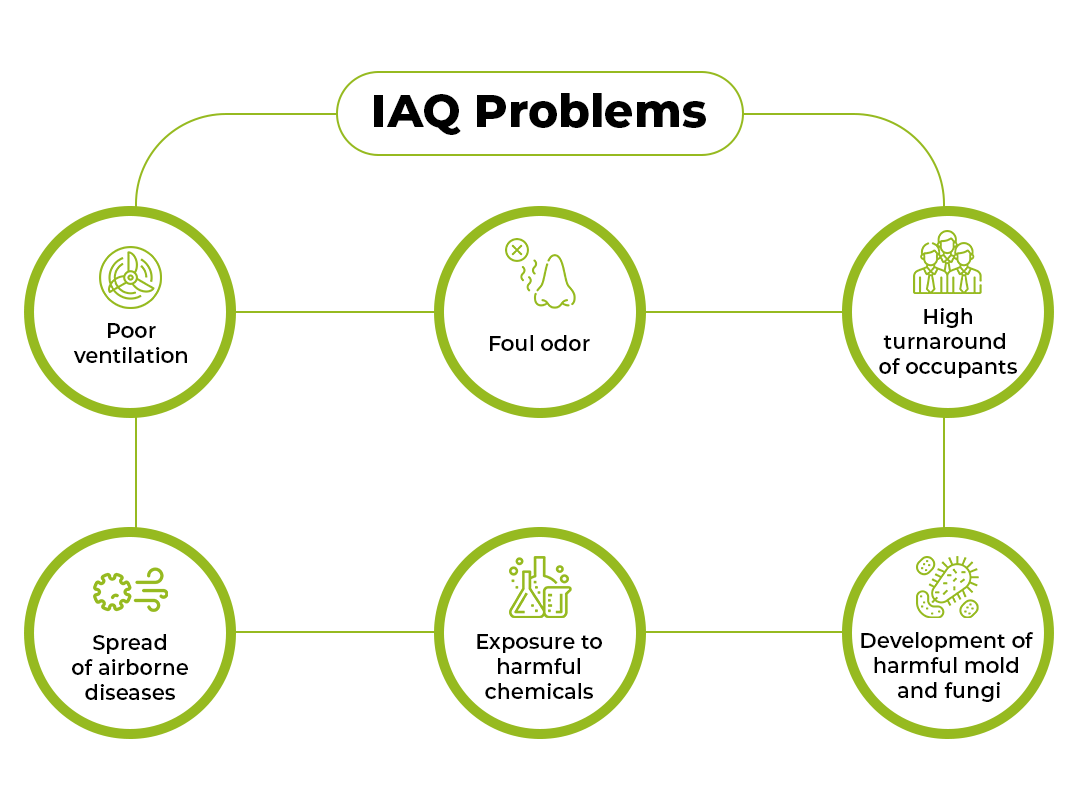
Air Quality Analysis
| IAQ Parameters | Range |
| Carbon Monoxide | 10ppm |
| Carbon Dioxide | 1000ppm |
| Total Volatile Organic Compound (TVOC) | 3ppm |
| Particulate Matters (PM-10) | 0.150g/m3 |
| Formaldehyde | 0.1ppm |
| Ozone | 0.05ppm |
| Relative Humidity | 40-70% |
| Air Temperature | 23-260 C |
| Ventilation Rate (VR)/Air Movement | 0.15-0.50m/s |
| Total Bacterial Count | 500cfu/m3 |
| Total Fungal Count | 1000cfu/m3 |
| Source: Industry Code of Practice on Indoor Air Quality by Department Occupational Safety & Health, 2010 | |
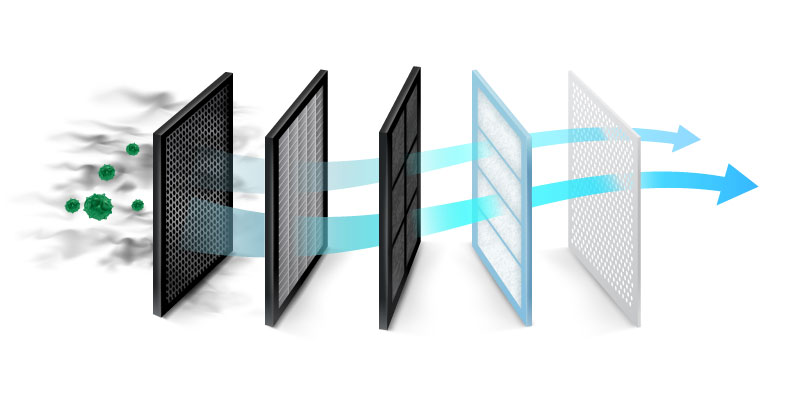
You may notice some of the more common side effects of indoor air pollution, like an unpleasant odor, but many others go undetected because germs and pathogens do not show symptoms immediately which later causes greater harms to health. This is when our Indoor Air Quality Testing and Analysis will evaluate and interpret the condition of your Indoor Air Quality and finally recommend the next course of action. Our analysis/assessment and our recommendations of the indoor air and next course of action is based on Industry Code of Practice on Indoor Air Quality 2010 by the Department of Occupational Safety and Health.
How Do We Do



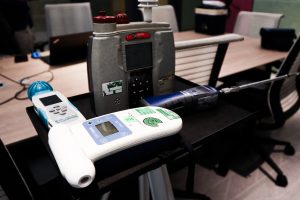

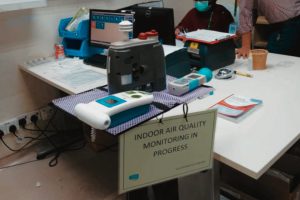
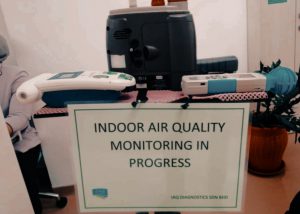
Frequently Asked Questions
Studies done by the U.S. Environmental Protection Agency (EPA) indicate that the indoor levels of pollutants may be 2-5 times, and occasionally more than 100 times higher than outdoor levels. These levels become a concern because it’s estimated that people spend almost 80% of their time
indoors.
Sick building syndrome (SBS) describes a situation in which building occupants experience acute health and/or comfort effects that appear to be linked to time spent in a particular building, but where no specific illness or cause can be identified.
That really depends on who you talk to. Facility managers understand that they carry some responsibility. Building occupants do not generally accept any responsibility. We however feel that everyone shares the responsibility for the indoor air quality of a building.

